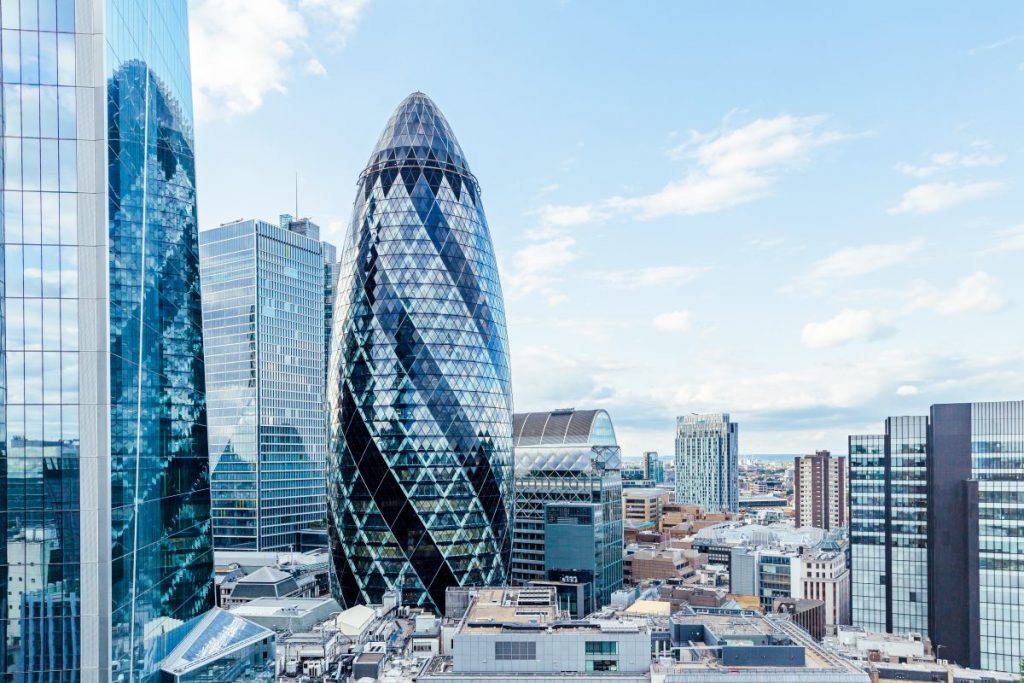Having regularly declared that he will only hire the best people, Donald Trump has been rather vocal in decrying the actions the Federal Reserve has taken since Jay Powell, his choice for Fed Chair, took office. Mind you he has decried many of his appointees at one point or another, with his Attorney General Jeff Sessions coming in for regular Twittercism and jettisoned since the midterm elections. The Federal Reserve has increased interest rates three times in 2018, with another expected at the December meeting, and as it stands plans are for another 3-4 next year, although markets are pricing in only one at this stage.
Trump is in opposition to this fairly brisk pace of interest rate rises as he is concerned it will put a brake on the economy and improving jobs figures, something he will very much want to lean on for a 2020 re-election campaign. This line of thinking conveniently ignores the risk that keeping interest rates low doesn’t instead harm his prospects of re-election by igniting inflation, the scenario which the Federal Reserve is seeking to avoid. It is a risk that Trump will be aware of, but as a property mogul it seems his instincts for preferring lower interest rates overcome any concerns that turbocharging the economy after such a long period of growth could spark a recession.
However Trump may be about to come into some luck (assuming it is in fact in his best interest for interest rates to stay lower for longer). The Federal Open Market Committee – the body which decides the range of interest rates the Federal Reserve seeks to target – has twelve members, with eight permanent member and four rotating members. However of the eight permanent seats, two are currently vacant, while Michelle Bowman has only recently gained Senate approval. Trump has made nominations for the remaining positions, however it is looking doubtful that Marvin Goodfriend, considered a hawk, will be confirmed. Nellie Liang was only nominated by Trump in September, although seems a very sensible addition having helped run a round of bank stress tests that proved instrumental in restoring confidence to markets in the wake of the financial crisis. In any case it is unlikely either of these positions will be filled until late next year.
However it is not the make-up of the permanent seats which is set to affect policy, with Michelle Bowman considered fairly centrist, rather it is the rotating seats. These are shared by the twelve regional Fed Presidents (apart from New York which has a permanent seat). Currently Thomas Barkin (Richmond), Raphael Bostic (Atlanta), Loretta Mester (Cleveland) and Esther George (Kansas City) have votes. Ms. George currently has a vote due to a reorganisation of roles, and will continue to do so next year when Kansas City was due to come onto the roster. However the other three, with Loretta Mester and Thomas Barkin considered particularly hawkish, and Raphael Bostic dovish, will be replaced. In will come Eric Rosengren (hawkish tilt), Charles Evans (no tilt) and James Bullard (reliable dove).

*December vote only, Red = Hawkish, Yellow = Dovish
It was somewhat of a surprise that Trump chose to replace Janet Yellen, an academic who for four years led a Fed which raised rates much slower than markets were expecting, as Fed Chair with Jerome Powell, whose background was in law and so was far more likely to allow other board members to direct policy. This was particularly striking in 2018 as ranking the nine FOMC voting members from most hawkish to most dovish, Powell probably comes in third most dovish, excluding Bowman who will only vote at the December meeting. If Trump had instead appointed a Chair with a strong economic background, and who happened to have dovish tendencies, the chances are that they would have directed a policy of fewer rate rises.
The rotation, plus appointment of Bowman, leaves Powell much more middle of the pack in 2019, with the balance more dovish than in 2018. The remaining appointees dependant, the balance is likely to be similar in 2020. As such 3-4 rate rises next year seems ambitious, although given a robust economy and the need to continue to normalise interest we would still expect there to be more than the one hike that markets are currently expecting, so don’t want to add duration to portfolios just yet. Bonds in general are still expensive, although the recent widening of credit spreads means that we continue to prefer corporates over government bonds.

















































